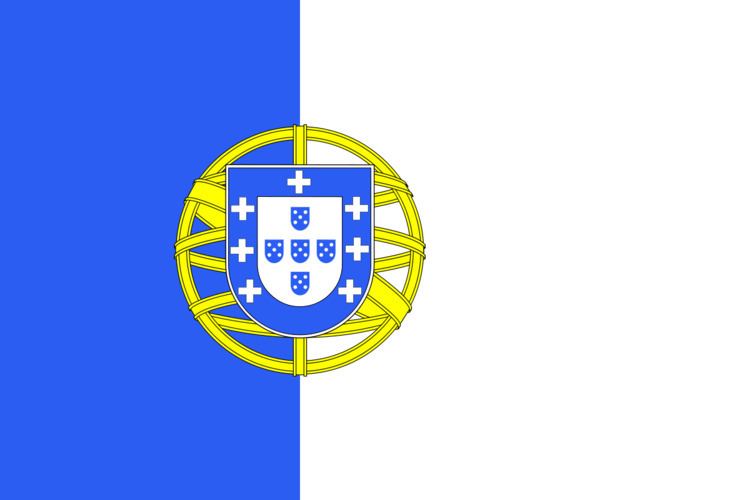 | ||
.
Greater Portugal (Portuguese: Portugal Maior), also known as Portugalicia (Portuguese: Portugaliza), is a proposed union of the Portuguese-speaking territories including the autonomous region of Galicia, the Eonavian region, the territory of Olivença, and many villages along the Portugal-Spain border that speak any kind of Portuguese-Galician dialect, such as the Fala language.
The concept of a Greater Portugal has its origins during the Portuguese Age of Discoveries, when Portuguese navigators and explorers discovered previously uninhabited lands such as the Madeira Islands, Savage Islands, Azores, and several other lands in the Atlantic.
Although the proposal is thought to be a recent political ideology held by some Portuguese nationalists, it dates back much further and was recorded by the English author, George Young in his 1917 book entitled: Portugal, Old and Young - an Historical Study, published by Oxford University Press:
During the 19th century, Greater Portugal lost one of its most prized possessions – Brazil, which was mainly caused by the unsuccessful invasion of Portugal by both Spain and France. In the 20th century, certain regions of Greater Portugal were elevated in importance and promoted for increased immigration. Others such as the Azores and Cape Verde Islands, were of great strategic importance and make an appearance in German documents during the Second World War on August 24, 1940.
Current use
The term Portugalicia is still preserved in a number of political initiatives. Although the boundaries of Portugalicia are not strictly defined, most proponents portray them as encompassing the following areas:
